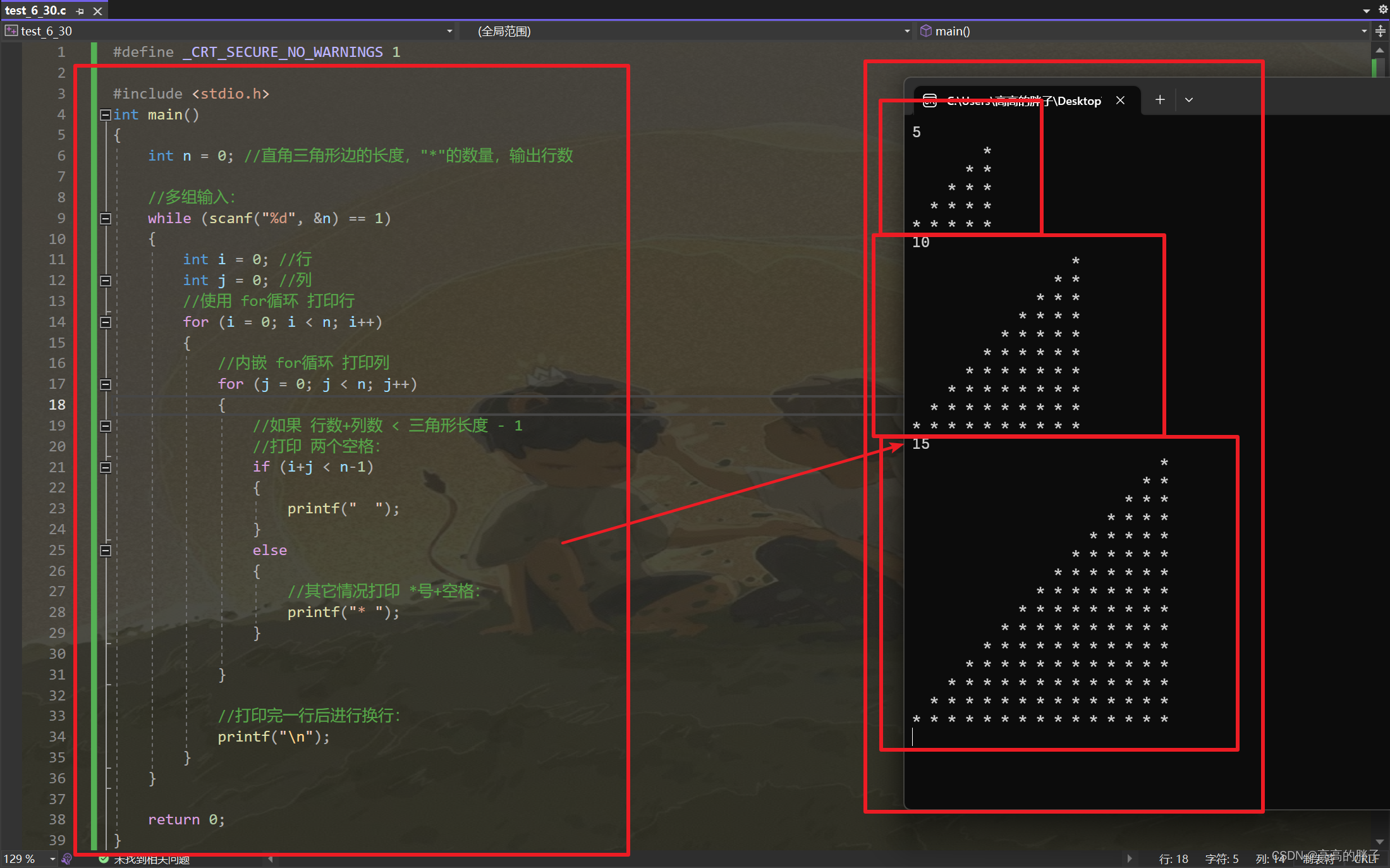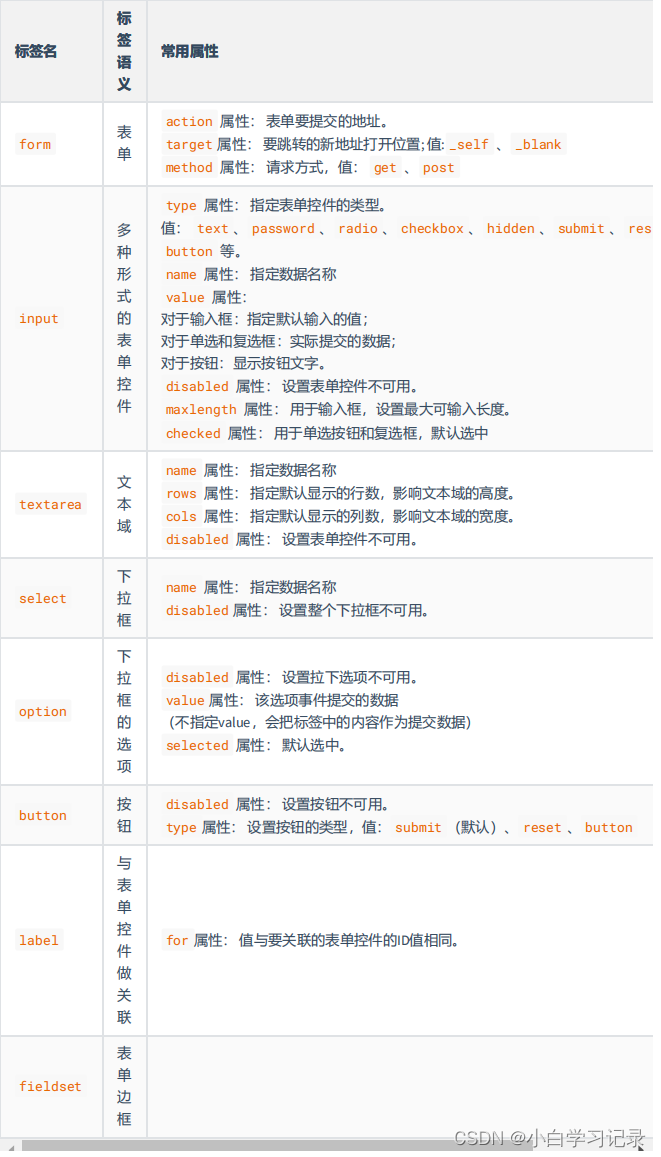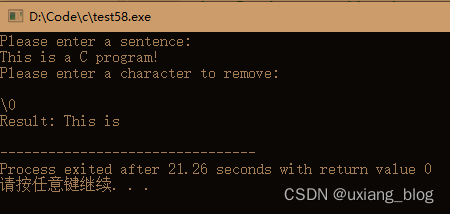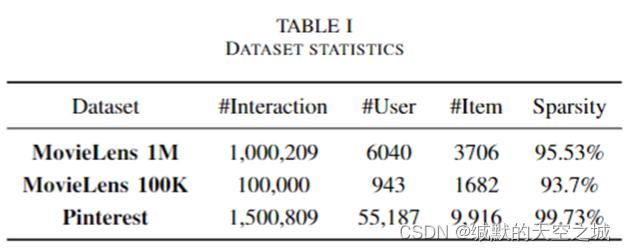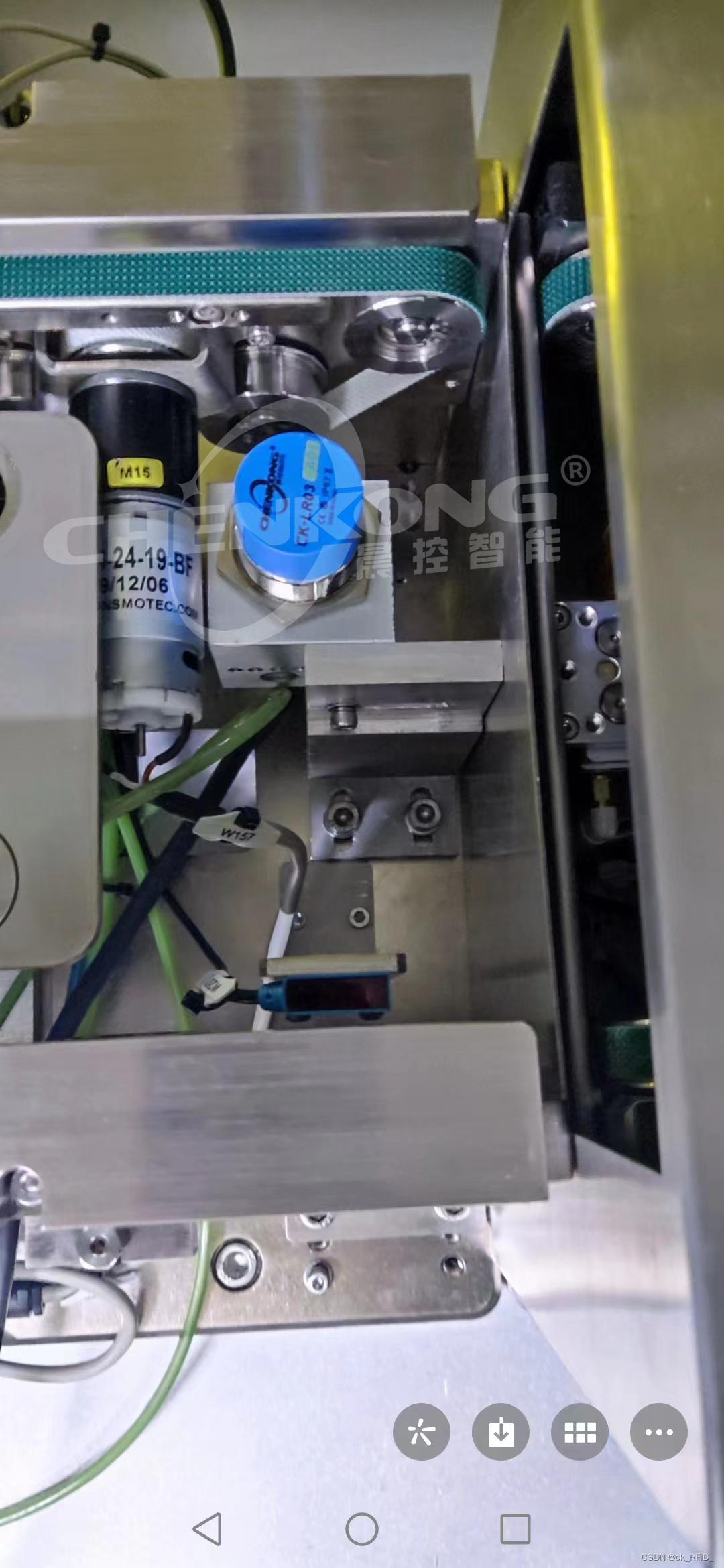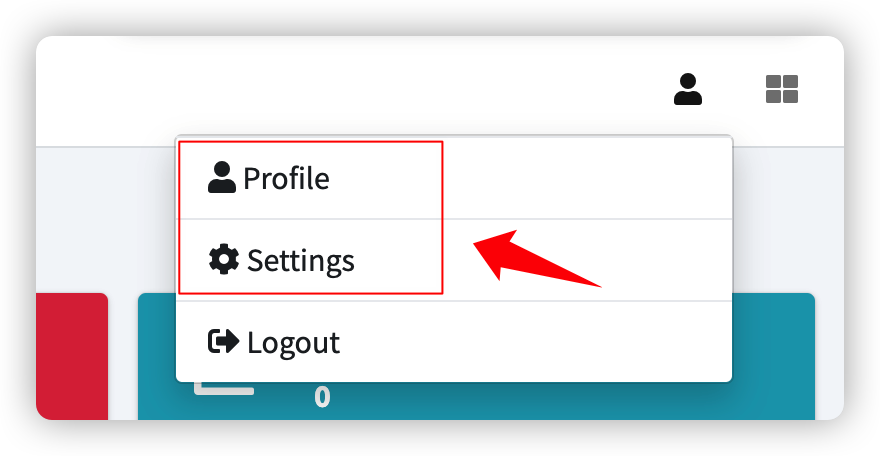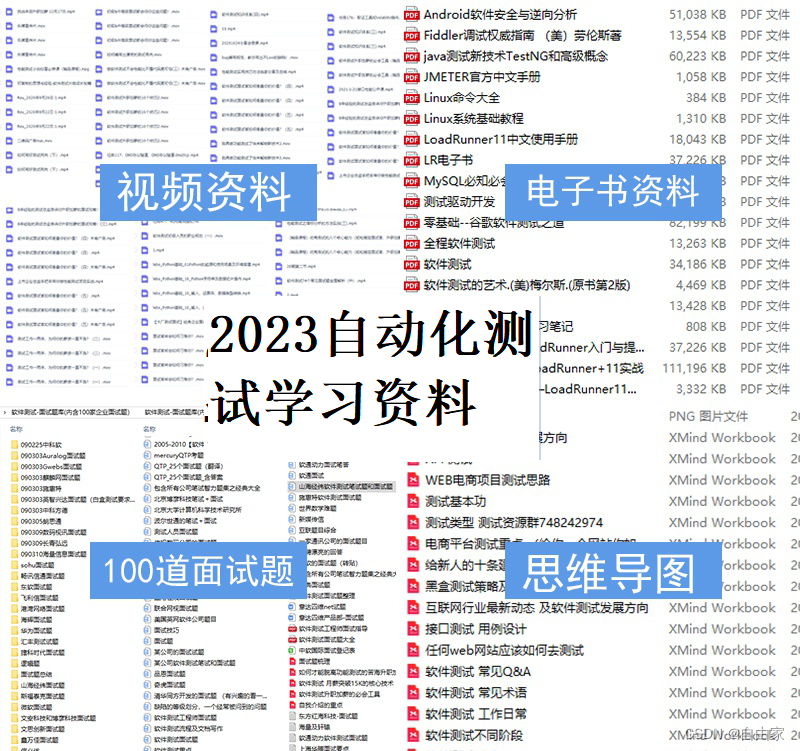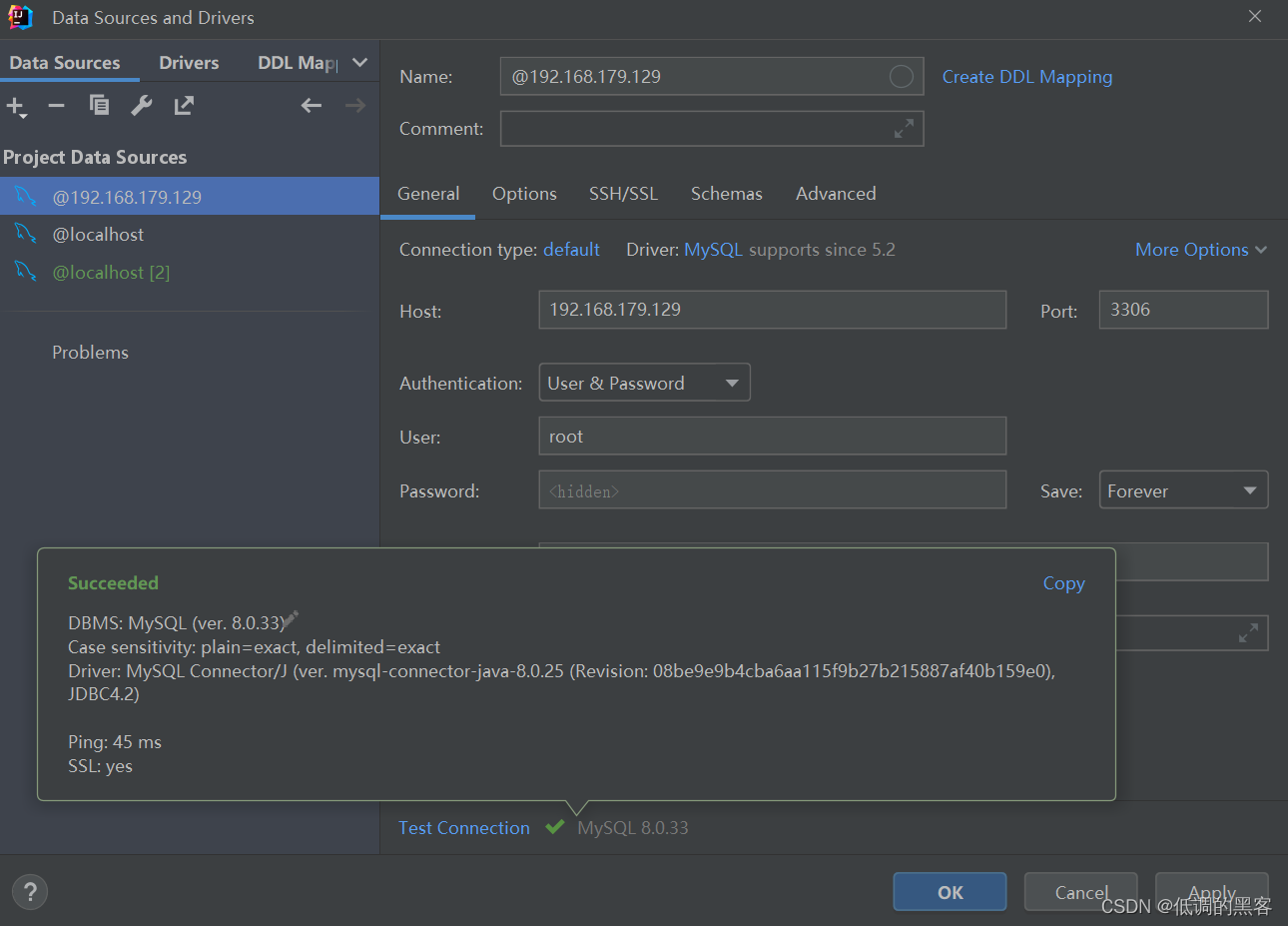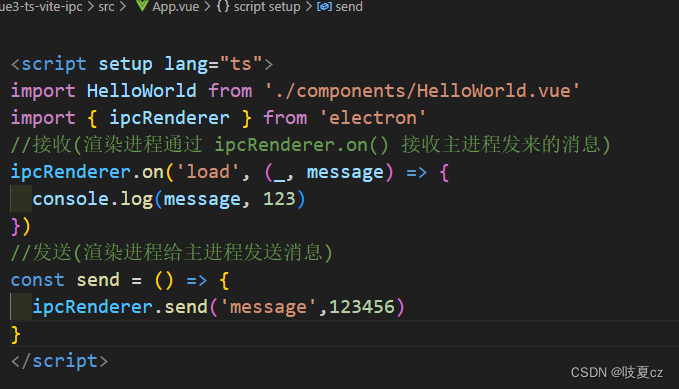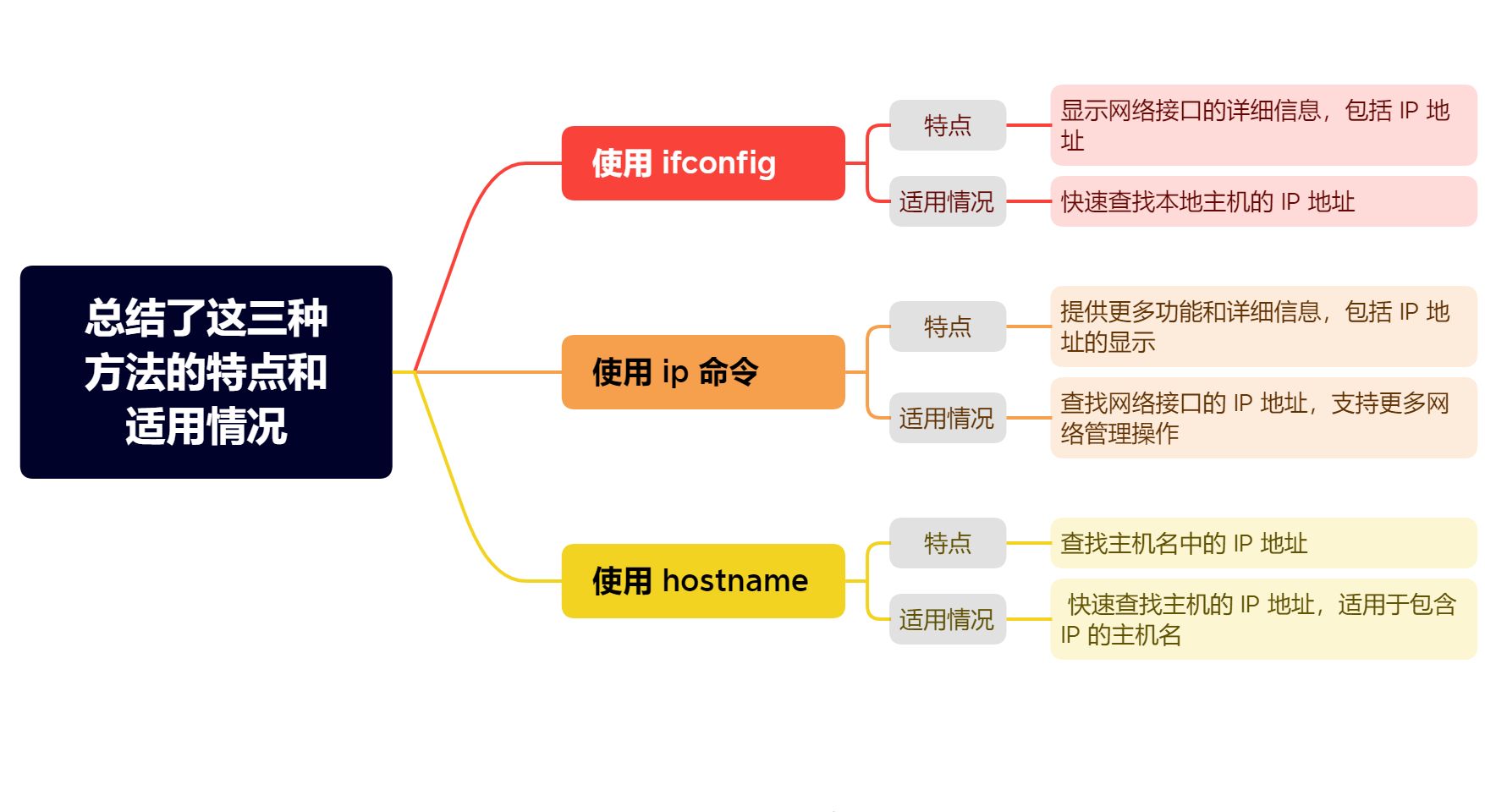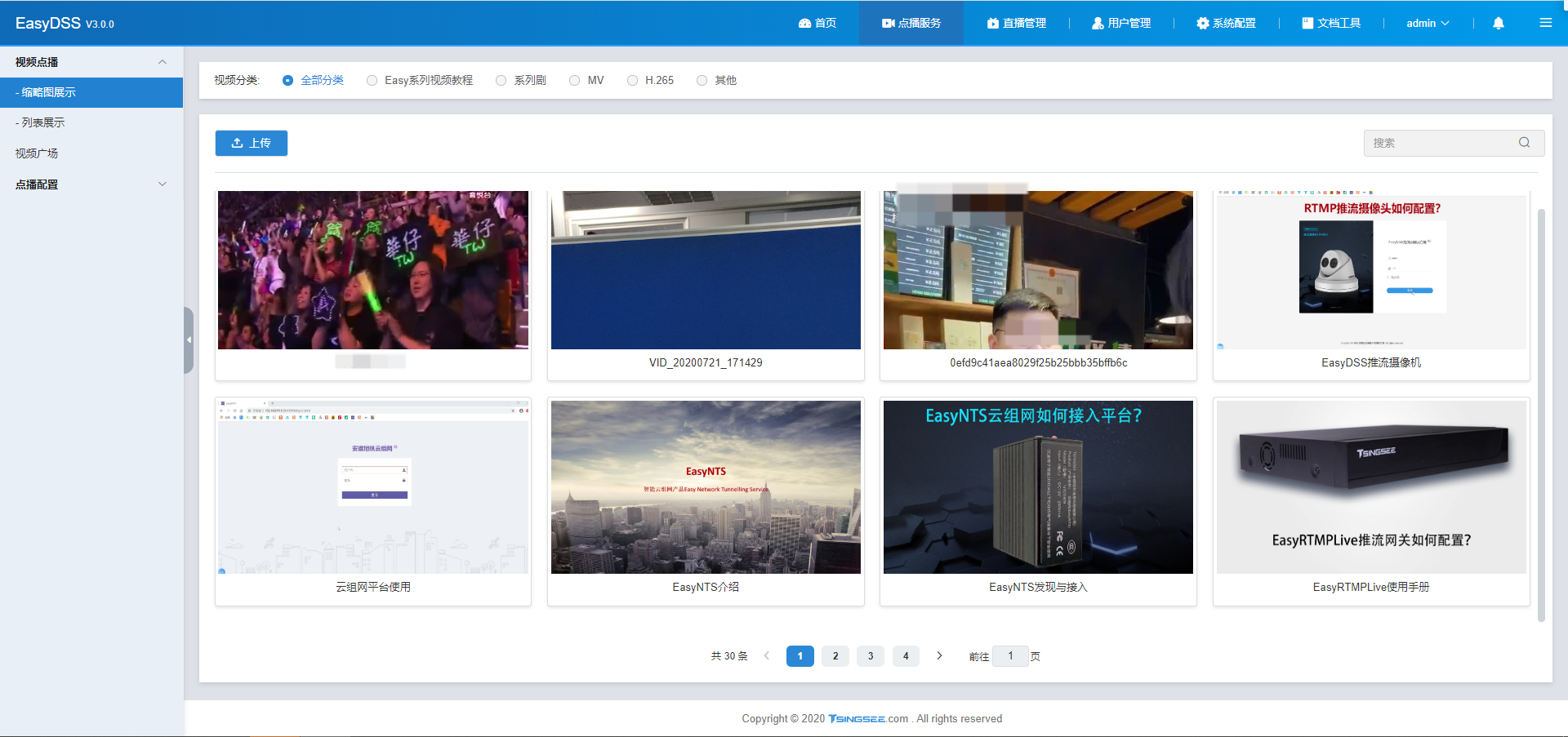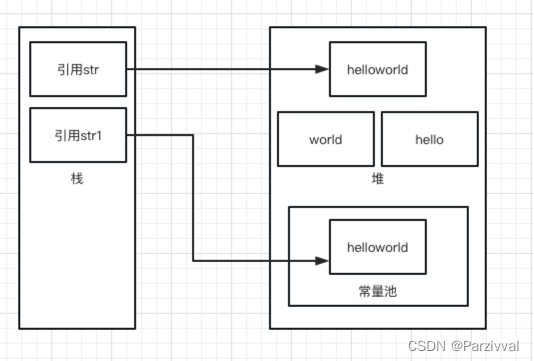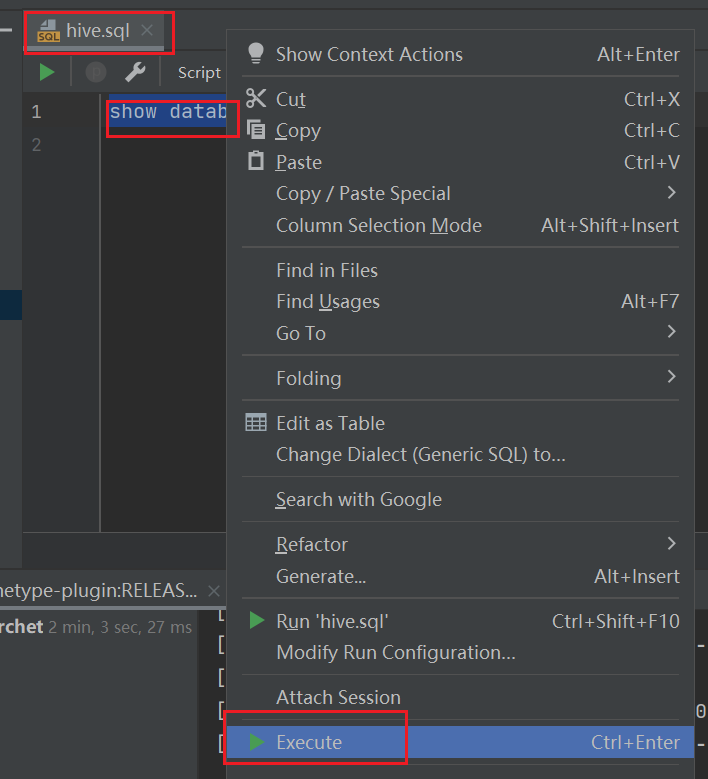差不多两年没写博客了,最近想着要找工作了,打算复习下一些常用的开源库,也是这篇博客的由来~
EventBus使用非常简单 参考:github
再贴一张官网的图
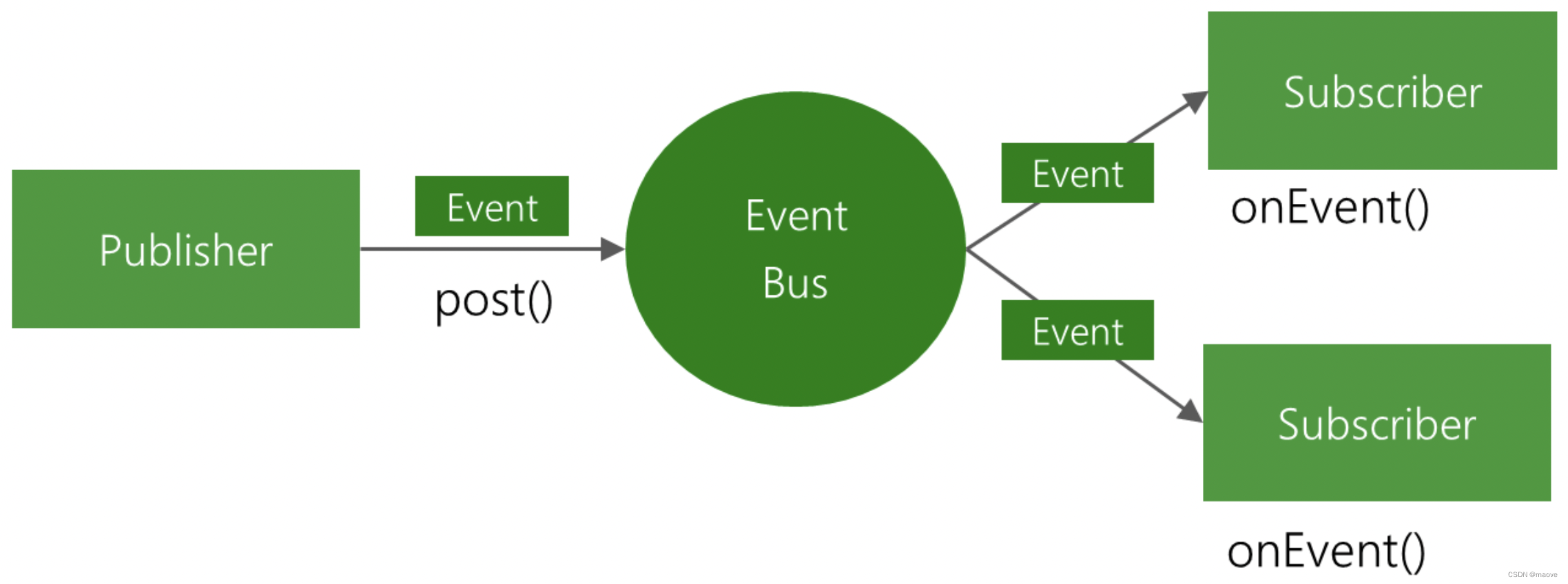
一、示例代码
示例代码是为了便于理解后面注解处理器生成代码的处理流程
public class TestRunnerActivity extends Activity {
private EventBus eventBus;
@Override
public void onCreate(Bundle savedInstanceState) {
super.onCreate(savedInstanceState);
setContentView(R.layout.activity_runtests);
eventBus = new EventBus();
eventBus.register(this);
}
@Subscribe(threadMode = ThreadMode.MAIN)
public void onEventMainThread(TestFinishedEvent event) {
}
@Subscribe(threadMode = ThreadMode.BACKGROUND)
public void onEventBackgroundThread(TestEvent event) {
}
public void onDestroy() {
eventBus.unregister(this);
super.onDestroy();
}
}
二、EventBus#register流程
调用register进行订阅 ,参数this代表订阅者
public void register(Object subscriber) {
//获取订阅者的class类型
Class<?> subscriberClass = subscriber.getClass();
//获取subscriber所有的订阅方法
List<SubscriberMethod> subscriberMethods = subscriberMethodFinder.findSubscriberMethods(subscriberClass);
synchronized (this) {
for (SubscriberMethod subscriberMethod : subscriberMethods) {
//对订阅类中的每个订阅方法进行订阅
subscribe(subscriber, subscriberMethod);
}
}
}
首先调用了findSubscriberMethods获取了当前订阅者类里的所有订阅方法。
List<SubscriberMethod> findSubscriberMethods(Class<?> subscriberClass) {
//如果缓存有,直接返回。 METHOD_CACHE类型是Map<Class<?>, List<SubscriberMethod>>
List<SubscriberMethod> subscriberMethods = METHOD_CACHE.get(subscriberClass);
if (subscriberMethods != null) {
return subscriberMethods;
}
//ignoreGeneratedIndex默认是false
if (ignoreGeneratedIndex) {
//方式1:通过反射获取到所有的订阅方法
subscriberMethods = findUsingReflection(subscriberClass);
} else {
//方式2:通过注解处理器生成的代码来获取所有的订阅方法
subscriberMethods = findUsingInfo(subscriberClass);
}
//如果订阅者类中没有任何的订阅方法,就抛出异常。该异常我们应该很熟悉
if (subscriberMethods.isEmpty()) {
throw new EventBusException("Subscriber " + subscriberClass
+ " and its super classes have no public methods with the @Subscribe annotation");
} else {
//将订阅类和该类中的所有订阅方法保存到缓存
METHOD_CACHE.put(subscriberClass, subscriberMethods);
return subscriberMethods;
}
}
可以看到有两种方式获取订阅方法,一种是利用反射,另一种是利用注解处理器生成的代码。很多开源库都利用了注解生成器,通过它在编译时生成代码可以很好的帮助我们减少反射代码的调用。
先看看如何通过反射获取到所有的订阅方法
private List<SubscriberMethod> findUsingReflection(Class<?> subscriberClass) {
//从对象缓存池获取一个FindState,这只是一个工具对象
FindState findState = prepareFindState();
//给findState成员变量subscriberClass 、class赋值为subscriberClass
findState.initForSubscriber(subscriberClass);
while (findState.clazz != null) {
//通过反射去找
findUsingReflectionInSingleClass(findState);
//继续找父类中的所有方法
findState.moveToSuperclass();
}
//返回找到的List<SubscriberMethod>,回收FindState
return getMethodsAndRelease(findState);
}
反射的核心逻辑在findUsingReflectionInSingleClass方法,该方法通过反射查找class的所有方法,然后遍历这些方法找到带@Subscribe的方法,然后将查询的结果保存到findState.subscriberMethods中
private void findUsingReflectionInSingleClass(FindState findState) {
Method[] methods;
try {
//getDeclaredMethod()获取的是类自身声明的所有方法,包含public、protected和private方法
methods = findState.clazz.getDeclaredMethods();
} catch (Throwable th) {
...
}
//遍历所有方法,找到带Subscribe注解的方法 比如:@Subscribe(threadMode = ThreadMode.MAIN)
for (Method method : methods) {
int modifiers = method.getModifiers();
//方法是public的且不是 abstract | static 类的
if ((modifiers & Modifier.PUBLIC) != 0 && (modifiers & MODIFIERS_IGNORE) == 0) {
//获取方法的参数类型,对于订阅方法来说 参数就是事件类型
Class<?>[] parameterTypes = method.getParameterTypes();
if (parameterTypes.length == 1) {
//获取到方法上的Subscribe注解
Subscribe subscribeAnnotation = method.getAnnotation(Subscribe.class);
if (subscribeAnnotation != null) {
//获取事件类型
Class<?> eventType = parameterTypes[0];
//检查method&eventType对于的订阅方法是否已经添加过了
if (findState.checkAdd(method, eventType)) {
//获取方法的线程模式
ThreadMode threadMode = subscribeAnnotation.threadMode();
//最终将找到的结果 封装到SubscriberMethod里面,然后保存到findState.subscriberMethods中
findState.subscriberMethods.add(new SubscriberMethod(method, eventType, threadMode,
subscribeAnnotation.priority(), subscribeAnnotation.sticky()));
}
}
}
}
}
}
前面的findUsingReflection方法先通过反射找到订阅类里的所有订阅方法,然后保存到findState.subscriberMethods中,接着调用getMethodsAndRelease(findState),将
List< SubscriberMethod>返回,然后回收FindState到对象池
private List<SubscriberMethod> getMethodsAndRelease(FindState findState) {
List<SubscriberMethod> subscriberMethods = new ArrayList<>(findState.subscriberMethods);
findState.recycle();
synchronized (FIND_STATE_POOL) {
for (int i = 0; i < POOL_SIZE; i++) {
if (FIND_STATE_POOL[i] == null) {
FIND_STATE_POOL[i] = findState;
break;
}
}
}
return subscriberMethods;
}
Ok,现在我们已经通过反射获取到订阅类中的所有订阅方法了,并且将它们封装到List< SubscriberMethod>中了,我们先不管注解处理器获取List< SubscriberMethod>的逻辑,继续看register方法,获取到List< SubscriberMethod>后开始遍历List< SubscriberMethod>,对每个SubscriberMethod调用subscribe
subscribe主要干了两件事
1、将订阅方法和订阅者封装到Subscription中,然后为每个事件类型创建一个CopyOnWriteArrayList列表subscriptions,并将Subscription插入到subscriptions中。事件类型就是我们post的事件的class对象
2、对粘性事件进行处理
private void subscribe(Object subscriber, SubscriberMethod subscriberMethod) {
//获取事件类型
Class<?> eventType = subscriberMethod.eventType;
//将订阅者和订阅方法封装到Subscription中
Subscription newSubscription = new Subscription(subscriber, subscriberMethod);
//通过事件类型找到Subscription集合
CopyOnWriteArrayList<Subscription> subscriptions = subscriptionsByEventType.get(eventType);
if (subscriptions == null) {
//如果还没有订阅类 订阅了该事件的方法,就创建一个list,把当前的Subscription放进去
subscriptions = new CopyOnWriteArrayList<>();
subscriptionsByEventType.put(eventType, subscriptions);
} else {
//如果订阅类中已经订阅了该事件
if (subscriptions.contains(newSubscription)) {
throw new EventBusException("Subscriber " + subscriber.getClass() + " already registered to event "
+ eventType);
}
}
int size = subscriptions.size();
for (int i = 0; i <= size; i++) {
//根据优先级,将该订阅方法加入到指定位置
if (i == size || subscriberMethod.priority > subscriptions.get(i).subscriberMethod.priority) {
subscriptions.add(i, newSubscription);
break;
}
}
//获取订阅者的事件类型列表,如果没有就创建一个
List<Class<?>> subscribedEvents = typesBySubscriber.get(subscriber);
if (subscribedEvents == null) {
subscribedEvents = new ArrayList<>();
typesBySubscriber.put(subscriber, subscribedEvents);
}
//将当前事件类型加到subscribedEvents中
subscribedEvents.add(eventType);
//下面这个逻辑可以先不看 后面可以结合postSticky流程看
//如果订阅方法支持粘性事件
if (subscriberMethod.sticky) {
if (eventInheritance) {
Set<Map.Entry<Class<?>, Object>> entries = stickyEvents.entrySet();
//遍历stickyEvents map 这个map保存了粘性事件
for (Map.Entry<Class<?>, Object> entry : entries) {
Class<?> candidateEventType = entry.getKey();
//如果当前订阅方法订阅的事件列席在stickyEvents中已经有了,就说明之前某个地方发送过该粘性事件
if (eventType.isAssignableFrom(candidateEventType)) {
Object stickyEvent = entry.getValue();
//检查发送粘性事件
checkPostStickyEventToSubscription(newSubscription, stickyEvent);
}
}
} else {
Object stickyEvent = stickyEvents.get(eventType);
//检查发送粘性事件
checkPostStickyEventToSubscription(newSubscription, stickyEvent);
}
}
}
走到这里我们的注册逻辑基本就结束了,注册的结果就是得到了一个subscriptionsByEventType,subscriptionsByEventType是一个map key是事件类型,value是该事件的所有订阅(Subscription)。
注册的流程走完了再来看看如何通过注解处理器生成的代码获取SubscriberMethod列表。
下面这个类MyEventBusIndex是注解处理器生成的
public class MyEventBusIndex implements SubscriberInfoIndex {
private static final Map<Class<?>, SubscriberInfo> SUBSCRIBER_INDEX;
static {
key 订阅者类 value 订阅信息
SUBSCRIBER_INDEX = new HashMap<Class<?>, SubscriberInfo>();
//...
//将订阅信息保存到SUBSCRIBER_INDEX
putIndex(new SimpleSubscriberInfo(TestRunnerActivity.class, true, new SubscriberMethodInfo[] {
new SubscriberMethodInfo("onEventMainThread", TestFinishedEvent.class, ThreadMode.MAIN),
new SubscriberMethodInfo("onEventBackgroundThread", TestEvent.class, ThreadMode.BACKGROUND),
}));
}
private static void putIndex(SubscriberInfo info) {
//保存所有订阅类的订阅信息
SUBSCRIBER_INDEX.put(info.getSubscriberClass(), info);
}
@Override
public SubscriberInfo getSubscriberInfo(Class<?> subscriberClass) {
SubscriberInfo info = SUBSCRIBER_INDEX.get(subscriberClass);
if (info != null) {
return info;
} else {
return null;
}
}
}
SimpleSubscriberInfo定义如下:
public class SimpleSubscriberInfo extends AbstractSubscriberInfo {
private final SubscriberMethodInfo[] methodInfos;
public SimpleSubscriberInfo(Class subscriberClass, boolean shouldCheckSuperclass, SubscriberMethodInfo[] methodInfos) {
super(subscriberClass, null, shouldCheckSuperclass);
this.methodInfos = methodInfos;
}
@Override
public synchronized SubscriberMethod[] getSubscriberMethods() {
int length = methodInfos.length;
SubscriberMethod[] methods = new SubscriberMethod[length];
for (int i = 0; i < length; i++) {
SubscriberMethodInfo info = methodInfos[i];
methods[i] = createSubscriberMethod(info.methodName, info.eventType, info.threadMode,
info.priority, info.sticky);
}
return methods;
}
}
MyEventBusIndex类对象会被保存到EventBus的SubscriberMethodFinder中subscriberInfoIndexes成员列表中
private List<SubscriberMethod> findUsingInfo(Class<?> subscriberClass) {
FindState findState = prepareFindState();
findState.initForSubscriber(subscriberClass);
while (findState.clazz != null) {
//找到index类中的订阅信息 ,其实就是调用上面MyEventBusIndex的getSubscriberInfo获取订阅类的SubscriberInfo
findState.subscriberInfo = getSubscriberInfo(findState);
if (findState.subscriberInfo != null) {
//获取SimpleSubscriberInfo的getSubscriberMethods方法获取订阅信息
SubscriberMethod[] array = findState.subscriberInfo.getSubscriberMethods();
for (SubscriberMethod subscriberMethod : array) {
//如果没有添加过,就添加订阅方法
if (findState.checkAdd(subscriberMethod.method, subscriberMethod.eventType)) {
findState.subscriberMethods.add(subscriberMethod);
}
}
} else {
//如果index里没有,就通过反射来查找订阅类中的订阅方法
findUsingReflectionInSingleClass(findState);
}
//继续找父类的
findState.moveToSuperclass();
}
//返回订阅方法列表
return getMethodsAndRelease(findState);
}
ok到现在为止,注册的逻辑终于结束了。
三、EventBus#unregister流程
public synchronized void unregister(Object subscriber) {
//获取订阅者订阅的事件列表
List<Class<?>> subscribedTypes = typesBySubscriber.get(subscriber);
if (subscribedTypes != null) {
for (Class<?> eventType : subscribedTypes) {
//通过事件类型解注册
unsubscribeByEventType(subscriber, eventType);
}
//移除
typesBySubscriber.remove(subscriber);
} else {
logger.log(Level.WARNING, "Subscriber to unregister was not registered before: " + subscriber.getClass());
}
}
最终是通过事件类型来解除该订阅者的所有注册
private void unsubscribeByEventType(Object subscriber, Class<?> eventType) {
//获取所有eventType事件类型下的订阅对象
List<Subscription> subscriptions = subscriptionsByEventType.get(eventType);
if (subscriptions != null) {
int size = subscriptions.size();
for (int i = 0; i < size; i++) {
Subscription subscription = subscriptions.get(i);
//如果是当前订阅者
if (subscription.subscriber == subscriber) {
//将active 状态改为 false
subscription.active = false;
//移除订阅关系
subscriptions.remove(i);
i--;
size--;
}
}
}
}
四、EventBus#post流程
public void post(Object event) {
PostingThreadState postingState = currentPostingThreadState.get();
List<Object> eventQueue = postingState.eventQueue;
//将事件加入事件队列
eventQueue.add(event);
if (!postingState.isPosting) {
//是否在主线程
postingState.isMainThread = isMainThread();
//设置为正在发送
postingState.isPosting = true;
try {
while (!eventQueue.isEmpty()) {
//遍历所有的事件,进行发送
postSingleEvent(eventQueue.remove(0), postingState);
}
} finally {
postingState.isPosting = false;
postingState.isMainThread = false;
}
}
}
然后调用postSingleEvent进行单个event的发送
private void postSingleEvent(Object event, PostingThreadState postingState) throws Error {
Class<?> eventClass = event.getClass();
boolean subscriptionFound = false;
//是否考虑父类的事件类型
if (eventInheritance) {
//遍历获取当前的event类以及其父类的类型
List<Class<?>> eventTypes = lookupAllEventTypes(eventClass);
int countTypes = eventTypes.size();
//遍历所有类型
for (int h = 0; h < countTypes; h++) {
Class<?> clazz = eventTypes.get(h);
//将事件根据事件类型发送出去
subscriptionFound |= postSingleEventForEventType(event, postingState, clazz);
}
} else {
//将事件根据事件类型发送出去
subscriptionFound = postSingleEventForEventType(event, postingState, eventClass);
}
}
然后走到postSingleEventForEventType,该方法根据事件类型,将事件发送给订阅了该类型事件类型的所有订阅方法
private boolean postSingleEventForEventType(Object event, PostingThreadState postingState, Class<?> eventClass) {
CopyOnWriteArrayList<Subscription> subscriptions;
synchronized (this) {
//获取所有该事件类型的订阅对象
subscriptions = subscriptionsByEventType.get(eventClass);
}
if (subscriptions != null && !subscriptions.isEmpty()) {
for (Subscription subscription : subscriptions) {
postingState.event = event;
postingState.subscription = subscription;
boolean aborted;
try {
//遍历所有的Subscription 发送事件
postToSubscription(subscription, event, postingState.isMainThread);
aborted = postingState.canceled;
} finally {
postingState.event = null;
postingState.subscription = null;
postingState.canceled = false;
}
if (aborted) {
break;
}
}
return true;
}
return false;
}
subscriptionsByEventType这个map 在分析register流程的时候分析过 它的key是事件类型,value是该事件的所有订阅(Subscription)。
接着遍历所有的Subscription调用postToSubscription方法
private void postToSubscription(Subscription subscription, Object event, boolean isMainThread) {
switch (subscription.subscriberMethod.threadMode) {
case POSTING://发送方在哪里线程,订阅方法就在哪个方法被调用
//直接调用invokeSubscriber,关于invokeSubscriber后面会说
invokeSubscriber(subscription, event);
break;
case MAIN://只在主线程调用订阅方法
if (isMainThread) {
//如果当前是在主线程直接调用invokeSubscriber
invokeSubscriber(subscription, event);
} else {
//如果不在主线程,利用handler机制切到主线程再调用invokeSubscriber
mainThreadPoster.enqueue(subscription, event);
}
break;
case MAIN_ORDERED:
if (mainThreadPoster != null) {
//将事件加入队列,进行有序执行
mainThreadPoster.enqueue(subscription, event);
} else {
// temporary: technically not correct as poster not decoupled from subscriber
invokeSubscriber(subscription, event);
}
break;
case BACKGROUND://在子线程调用订阅方法
if (isMainThread) {
//如果在主线程就切到子线程后调用invokeSubscriber
backgroundPoster.enqueue(subscription, event);
} else {
//如果在子线程直接调用invokeSubscriber
invokeSubscriber(subscription, event);
}
break;
case ASYNC:
//利用线程池执行invokeSubscriber方法
asyncPoster.enqueue(subscription, event);
break;
default:
throw new IllegalStateException("Unknown thread mode: " + subscription.subscriberMethod.threadMode);
}
}
不管是在子线程还是在主线程最终都是通过invokeSubscriber方法,利用反射调用订阅对象的订阅方法
void invokeSubscriber(Subscription subscription, Object event) {
subscription.subscriberMethod.method.invoke(subscription.subscriber, event);
}
五、EventBus#postSticky粘性事件发送流程
public void postSticky(Object event) {
//粘性事件会被保存到stickyEvents中
synchronized (stickyEvents) {
stickyEvents.put(event.getClass(), event);
}
//正常发送事件
post(event);
}
和普通事件不同之处在于粘性事件会被保存到stickyEvents中,这样即使在我们订阅之前已经发送了某个粘性事件,在我们订阅的时候也能收到,还记得订阅流程中有这样几行代码吗?
private void subscribe(Object subscriber, SubscriberMethod subscriberMethod) {
//...
//如果订阅方法支持粘性事件
if (subscriberMethod.sticky) {
if (eventInheritance) {
Set<Map.Entry<Class<?>, Object>> entries = stickyEvents.entrySet();
//遍历stickyEvents map 这个map保存了粘性事件
for (Map.Entry<Class<?>, Object> entry : entries) {
Class<?> candidateEventType = entry.getKey();
//如果当前订阅方法订阅的事件列席在stickyEvents中已经有了,就说明之前某个地方发送过该粘性事件
if (eventType.isAssignableFrom(candidateEventType)) {
Object stickyEvent = entry.getValue();
//检查发送粘性事件
checkPostStickyEventToSubscription(newSubscription, stickyEvent);
}
}
} else {
Object stickyEvent = stickyEvents.get(eventType);
//检查发送粘性事件
checkPostStickyEventToSubscription(newSubscription, stickyEvent);
}
}
}
到这里EventBus的源码基本就分析完了,是不是很简单?

